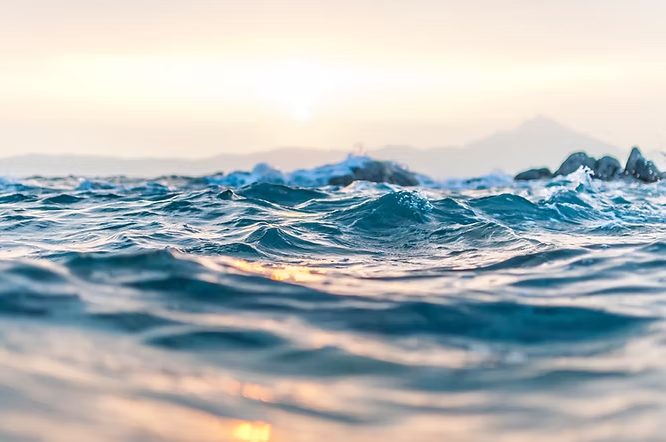Where Does the Oxygen We Breathe Come From?
Oxygen is essential to human life, yet we rarely stop to think about its origin. Popular claims such as “the ocean provides 50% of the oxygen we breathe” or “every second breath comes from the ocean” are often repeated by leaders, institutions, and reports. While these phrases sound compelling, they misrepresent the true story of oxygen and our dependence on the ocean.
The History of Oxygen in the Atmosphere
Earth’s atmosphere wasn’t always rich in oxygen. For the first two billion years, oxygen levels were nearly nonexistent. The rise of photosynthetic organisms—microscopic ocean bacteria, phytoplankton, and later plants on land—dramatically increased atmospheric oxygen. Today, about 21% of our atmosphere is oxygen, and photosynthesis remains the source of new oxygen on Earth.
Ocean vs. Land Contributions
Roughly half of global photosynthesis occurs in the ocean and half on land. At first glance, this suggests the ocean produces half the oxygen we breathe. But most of the oxygen generated in the ocean is consumed there by microbes and marine animals, or lost when organic material sinks and decomposes. In fact, the net oxygen production of the ocean is nearly zero. The oxygen we breathe today is the result of long-term accumulation over hundreds of millions of years, stored thanks to the burial of organic matter on land and in the ocean.
Why Our Oxygen Supply Is Secure
Even if we burned all fossil fuels or cut down all forests, atmospheric oxygen would decline only slightly. The reservoir of oxygen in the atmosphere is so large that humanity could continue breathing for millennia, even if photosynthesis suddenly stopped. Climate change poses many threats, but oxygen supply for humans is not one of them.
The Real Oxygen Problem: The Ocean
While the atmosphere is stable, the ocean is more vulnerable. The ocean contains less than 1% of the planet’s oxygen, and warming has already reduced oxygen levels. Between 1970 and 2010, the upper 1,000 meters of the open ocean lost 0.5–3.3% of its oxygen, and oxygen minimum zones—regions with dangerously low oxygen—expanded by millions of square kilometers.
This trend is driven by ocean stratification, where warmer surface waters mix less with deeper layers, reducing oxygen transfer. Rising temperatures also increase metabolic activity, so marine organisms consume more oxygen. Projections suggest low-oxygen areas may expand by 7% by 2100 under high emissions scenarios, threatening fish populations, ecosystems, and human food security.
The Takeaway
It is misleading to say the ocean directly provides 50% of the oxygen we breathe today. However, the ocean has been critical over geological time in building the oxygen-rich atmosphere we rely on, and it remains vital in maintaining global primary production and food systems. The real concern is not oxygen for humans, but oxygen for marine life—where deoxygenation is already reshaping ecosystems and livelihoods.

